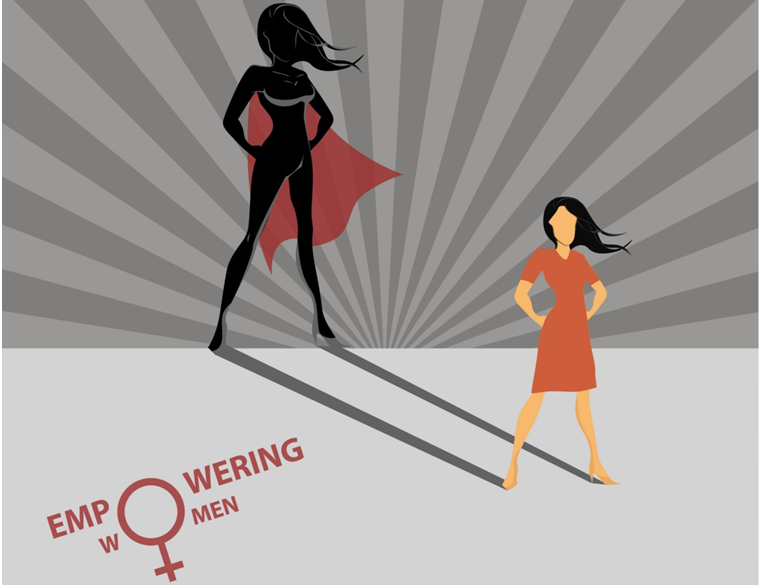Empowered women = Empowered Economies

One of the missions of the world today, alongside combating poverty, climate change and racism, is gender equality. A key part of this is female participation in the workforce and the improvement of women’s lives within society.
The results are in: More gender equality means a higher quality of life for the entire country:

(Source: Richter, Felix. “Where Gender Equality Is Closer to a Reality.”)
Meanwhile, the Social Progress Imperative, a global non-profit that tracks the quality of life released its annual list in 2019

Notice any similarities in the top six countries? This makes sense, countries that have low female participation in the workplace are depriving their economies of a crucial ingredient: Intelligent and skilled labor.
Imagine a country had the capability of growing at 5% a year but was only growing at 2.5% because it was not allowing half of its population to reach the same opportunities.
We have seen women innovating and generating positive change in the world despite historical gender inequality with scientists such as Marie Curie, Civil Rights icons such as Rosa Parks, and leading novelists such as Jane Austen. Imagine what could be done on an equal playing field.
The world is slowly waking up the reality that everyone stands to gain from erasing inequality.
Women Investing and Investing in Women
We are seeing improvements in everyday life and one reason is technology. Technology has evened the playing field for women in many ways by providing access to new industries that don’t have the baggage of stigma against women.
Alongside this we are seeing a crop of female leaders emerge across industries, further attracting more female talent. Think of Sheryl Sandberg, who is one of the most recognized and respected names in Silicon Valley, an area long dominated by men.
As technology makes remote work more and more viable, women have been able to get around the possible roadblocks once faced when applying for jobs within the traditional HR framework; in the traditional setting, women are more likely to face discrimination, both conscious and unconscious.
Freelancers working online skip the typical hiring process that has become standard at many corporations, which can come with innate biases. Additionally, industries such as programming and others are putting more emphasis on an applicant’s portfolio of work.
Finally, technology has democratized finance. Hollywood and the media have long portrayed the world of Wall St and the concept of investing as an industry largely exclusive to men. Today applications are innovating and making investing easier than ever before. Combine all the free information available online to everyone, women have a more leveled opportunity to join one of the largest sources of long-term wealth creation in the world: The stock market.
Where Else is Improvement Coming From?
Technology is just one tool in the advancement of gender equality. Other factors have been an improvement in education as well as more advocacy from leaders.
As advocacy and education reaches more people, acceptance becomes widespread, creating a chain reaction. Current generations are particularly vocal and sensitive to these social issues showing a willingness to make their opinions heard.
Some countries have made it a national priority to solve this issue, signing in laws to ideally improve the situation of their citizens. A prime example of this is Scandinavia, which is a model for OECD (Organization for Economic Cooperation and Development) countries on how to fully embrace tackling gender inequality in a proactive way, and the data speaks for itself:

(Source: The Global Economy, The World Bank)
Work Still to Be Done
All the above has improved the status quo, but there is still more to be done. For example, the gender wage gap is a glaring issue that has yet to be solved:

(Source: The BBC)
It would best serve countries to try to eliminate this gap as soon as possible. More equal participation is directly linked to economic growth, and contrarily countries with low female participation lag.
What Can We Do to Empower Women?
As previously mentioned, the work is not nearly over, and we still have a long way to equality. We are seeing increasing efforts from organizations and governments, but that change has to start with each and every one of us individually.
Once we all pitch in and face the issue, only then will we be able to fully do away with it.




